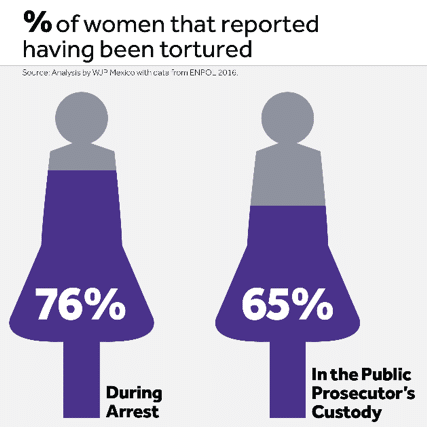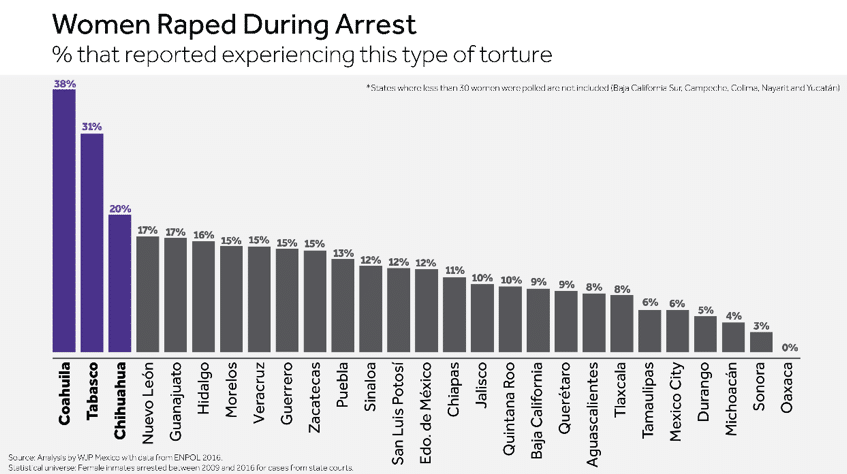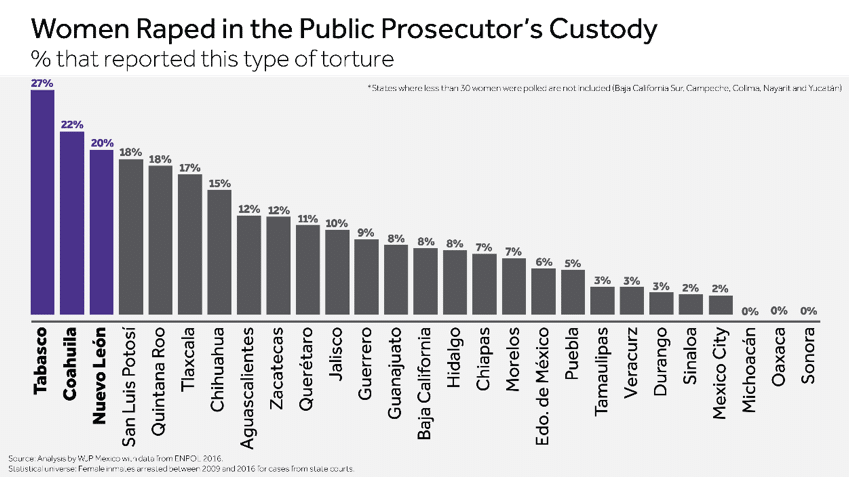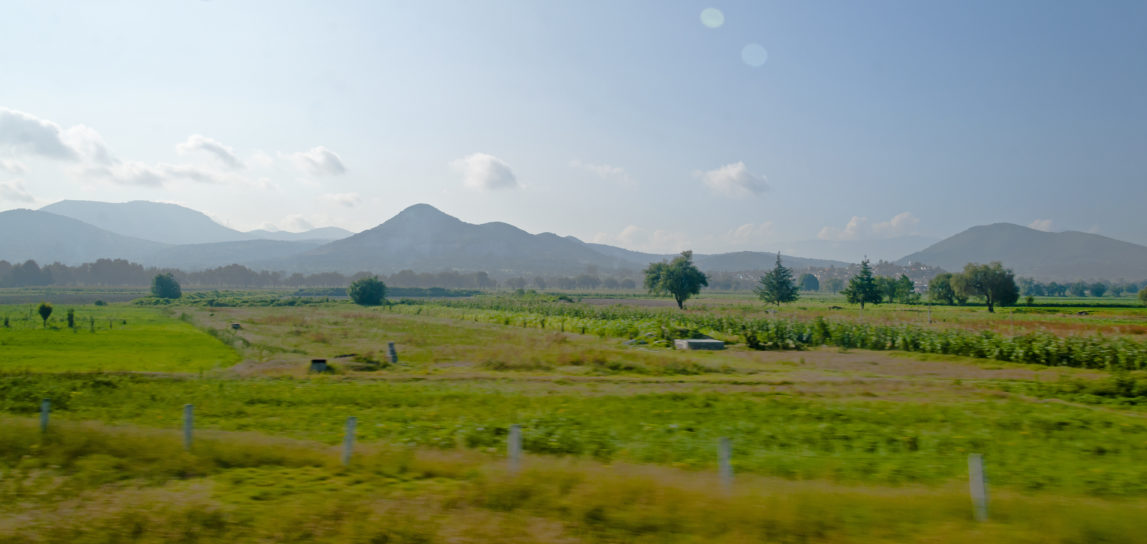This blog is part of 10 Weeks of Action: Demanding funding and protection for grassroots justice defenders by calling on our community to sign the #JusticeForAll petition. Each week, we will spotlight how access to justice is critical to the advancement of different thematic issues. The theme for Week 7 is Inequality.
In Mexico, torture is one of the worst elements of the security and justice system. Torture is prevalent across all regions of the nation, eroding the legitimacy of its institutions and diminishing officials’ capacity to investigate and solve crimes. In addition, torture is used in the name of justice: it is defined as severe suffering or pain intentionally inflicted on a person by public officials to obtain information, force confessions, intimidate or punish.[1]
Today we can estimate, through the National Survey of Population Deprived of Liberty (ENPOL) 2016, that 8 out of every 10 female inmates arrested between 2009 and 2016[2] were victims of torture[3] prior to appearing in court. The survey was administered by the National Institute of Statistics and Geography (INEGI) to a random sample of 58,000 inmates, which is representative at the state level and includes men and women who have been convicted and are awaiting trial.
The survey provides information on two sectors of the criminal justice system: the police, which is the authority in charge of making the arrests, and the Public Prosecutor’s Office, the prosecutorial body. Nationally, 76 percent of women from the same group reported having been tortured during their arrest and 65 percent while in the custody of the Public Prosecutor’s Office.
Infographic 1.

Although women and men are generally victims of torture in the same proportions, the types of atrocities recorded by ENPOL 2016 include one of the most severe forms of abuse to which a person can be subjected: rape. Unlike torture more generally, the largest proportion of victims of this abuse were women. At the national level, 11 percent of female inmates arrested between 2009 and 2016 were subjected to this type of torture during arrest, and 8 percent while in the custody of the Public Prosecutor’s Office.
According to the survey data, Coahuila, located in the north of the country, has the highest incidence of sexual torture at the time of arrest among all Mexican states, with 38 percent of the women polled having been subjected to this practice. Tabasco, located on the coast of the Gulf of Mexico and home state of the president-elect of Mexico, has the highest percentage of this type of abuse while in custody of the Public Prosecutor’s Office, with 27 percent of women surveyed having been victimized.
Infographic 2.

*States, where less than 30 women were polled, are not included (Baja California Sur, Campeche, Colima, Nayarit and Yucatán)
Infographic 3.

*States where less than 30 women were polled are not included (Baja California Sur, Campeche, Colima, Nayarit and Yucatán)
For some in the Mexican justice system, torture is just another method of investigation, despite the 2008 constitutional reform placing special emphasis on the illegality of confessions obtained through these means. In his report to the General Assembly of the United Nations in 2014, the UN Special Rapporteur on Torture and Other Cruel, Inhuman or Degrading Treatment or Punishment, Juan E. Méndez, asserted that this is a “widespread [practice] in Mexico” used to punish the accused and obtain information. The Mexican government challenged the rapporteur’s findings.
Torture shall not be considered an inevitable byproduct of criminal justice procedures in Mexico and must be eradicated. Mandatory video recordings of the arrest and interrogating procedures is an indispensable step in the right direction. Providing independence to forensic medical services that evaluate the accused before presenting them to a judge is another and so is the periodic deployment of the national survey cited here, ENPOL, to obtain first-hand information on the criminal justice system from the user’s perspective.
In 2017, the Mexican Legislature approved the General Law to prevent, investigate and punish torture and other cruel, inhuman or degrading treatments and punishments. It requires law enforcement institutions to implement programs to professionalize policing bodies and public servants who take custody of arrested persons. This implicit acknowledgment of unaddressed systemic problems in such institutions reminds us that, even though the new criminal justice system reforms have been in effect throughout the country since 2016, in practice, the reforms of the police and the Public Prosecutor’s Office remain in the balance.
[1] United Nations Convention Against Torture and Other Cruel, Inhuman or Degrading Treatment or Punishment.
[2] This figure corresponds to 5,227 women out of a total of 6,322 processed or sentenced for crimes under common law, including those who replied “don’t know” or “no opinion” when asked the year of the arrest.
[3] ENPOL asks whether from the time of arrest until before reaching the Public Prosecutor’s Office, or during the stay in the Public Prosecutor’s Office, the police, ministerial police or authority carried out or allowed any of the following physical assaults on his person: they isolated or isolated them, threatened to raise false charges against them, pressured them to denounce someone, kicked or punched them, threatened to harm their family, undressed them, tied them up, covered their eyes or head, beat them with objects, prevented breathing, injured them by crushing them, some other aggression, electric shocks, unwanted sexual activity (rape), hurt their family, burns, injured them using stab wounds or firearms.

